Sakti in Indian Archaeology, Art, Literature and Philosophy
Shakti is seen as a source of creation, as a symbol of sustenance as well as a force of destruction in Hindu mythology. The religions, Buddhism, Jainism and Hinduism, have their own interpretations and representation of Shakti. The volume contains a selection of papers from those presented at a national seminar on representation of Shakti in Indian art, archaeology, philosophy and literature.
Scholars from various disciplines discuss forms and aspects of Shakti. They deal with the evolution of Shakti as examined in Indian philosophy and literature and take up the forms of Shakti referring to religious texts, mainly Tantric texts: forms such as Nirti, the goddess of misfortune; Hariti, goddess of fertility, progeny, wealth and all materialistic gains and the Satvai, the folk goddess of childbirth in Maharashtra among others. They discuss archaeology, or study of material remains and sculptures, that helps in conveying a better understanding of the concept of Shakti. Indologists, philosophers and archaeologists here view Shakti the goddess as she was perceived in ancient writings, throw light on some socio-ethical perspectives on Shakti and study Shakti in Hindustani music compositions. Quoting liberally from religious texts, they study Shakti cults that have held some prominence in the past such as the cult of Lajjagauri under the Rahstrakuta kings. They view the depiction of Devi Lakshmi in northern Indian coins from AD 600 to 1200 and Shakti relevance in Siddhanta Shaiva Agamas. They also bear reference to manifestation of Shakti in various women and examine the experiences of female saints, poets and mystics in the medieval era characterising them as bold, revolutionary and feministic—such as Janabai and Bahina, a female saint of Maharashtra who led a householder’s life but continued to struggle for spiritual excellence. They take up related themes such as women’s role on society today taking into perspective different approaches including the Gandhian approach towards the role of women.
Get it now and save 10%
BECOME A MEMBER

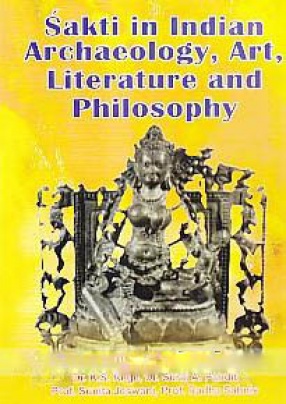
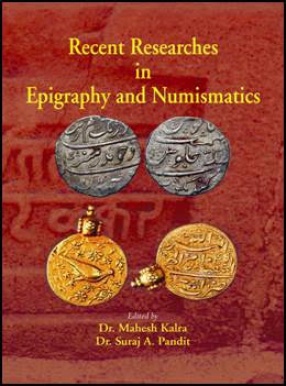
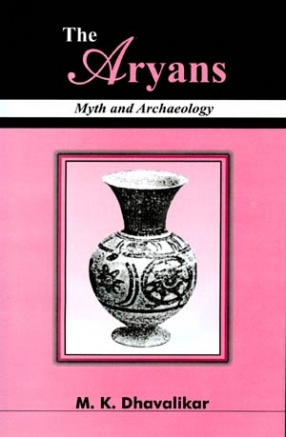
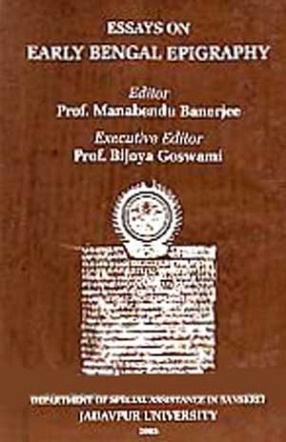
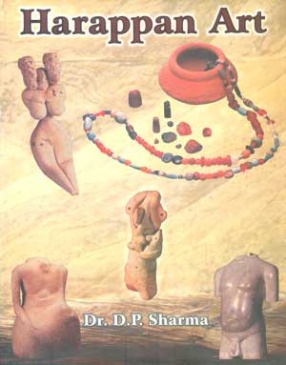
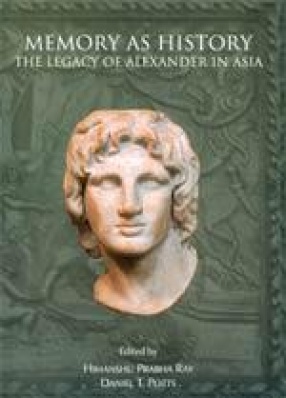

Bibliographic information
Suraj A. Pandit
Sunita Jeswani
Radha Sabnis